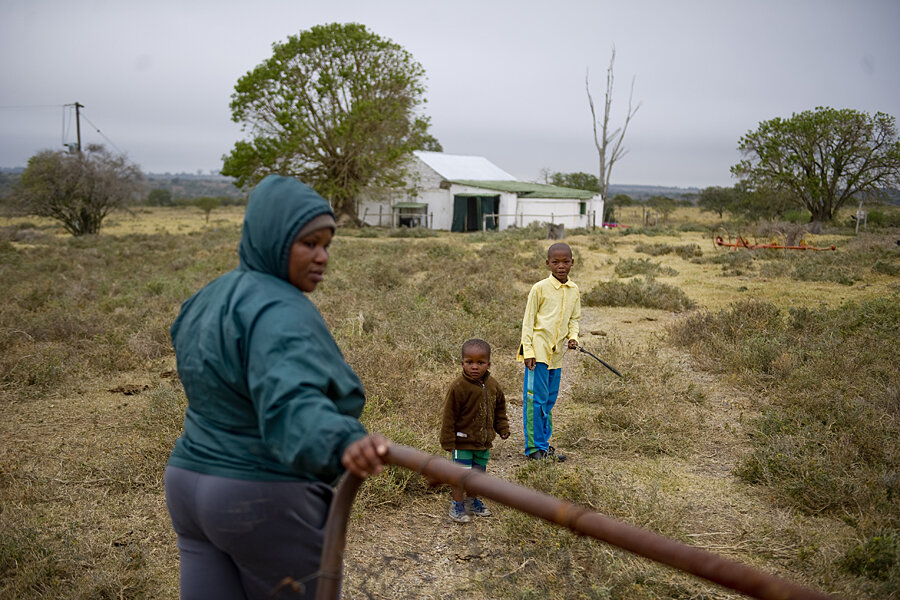Agriculture research center use maps to help African smallholder agriculture
Loading...
The International Food Policy Research Institute (IFPRI) recently published The Atlas of African Agriculture Research & Development (Atlas), which brings together a range of maps and analyses of the continent that show where different challenges and opportunities lie to improve the productivity of African agriculture.
Shenggen Fan, Director General of IFPRI, notes in the foreword to the Atlas, “It has long been recognized that Africa needs to significantly and sustainably intensify its smallholder agriculture. Comparing and contrasting where the challenges to, and opportunities for, growth in productivity are located…can give us powerful insights that can enrich our understanding of the variables that affect agricultural productivity.” Fan states that the Atlas, by presenting a broad range of geospatial data, can inform and guide agricultural decision-making, to increase productivity.
The maps used in the Atlas cover a broad set of interdependent issues related to African smallholder agriculture via seven key themes: political, demographic, and institutional classifications; footprint of agriculture; growing conditions; role of water; drivers of change; access to trade; and, human welfare.
With more than thirty maps across the seven themes, the project took over five years and the Atlas involved the collaboration of a multitude of experts and organizations. Examples of different maps (and their contributors) include: different farming systems (Australian Centre for International Agricultural Research (ACIAR) and the UN Food and Agricultural Organization (FAO)); the extent of cropland and pastureland (McGill University); livestock production systems by climate zone (CGIAR Research Program on Climate Change Agriculture and Food Security (CCAFS) and the International Livestock Research Institute (ILRI)); agroecological zones (HarvestChoice and IFPRI); and, severity of hunger (Welt Hunger Hilfe, Concern Worldwide, and IFPRI).
With every map, the Atlas asks four questions: What are these maps telling us? Why is this important? What about the underlying data? Where can I learn more? Together, the maps, and the responses to the questions posed, weave an illustrative story about current smallholder production in Africa. IFPRI believes that a better understanding of these spatial patterns in Africa can contribute to better-targeted policy and investment decisions and, ultimately, to better livelihoods for the rural poor.
The geospatial presentation of the data is important to IFPRI because it enables “easy access to high-quality data and information.” The Atlas, according to IFPRI, is intended to serve as a guide that introduces readers to a wealth of data, in one place, which can then inform efforts to improve the livelihoods of Africa’s rural poor.







